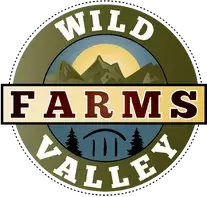|
By Cindy Cloninger Premium all natural and organic compost is an essential part to creating a great garden. Learn all about Wild Valley Farms, Terra Zest in this article. Since the creation of the earth, decomposition has been in play. Rock, trees, leaves, grasses, foods, and all types of organic matter have been broken down over time to create the soils that surround us. Because the minerals, bedrock, climate, moisture, and plants vary depending on geographical location, soil content and make up varies too. Ideally, you want to create a soil that helps retain moisture and has adequate aeration. Ideal soil is dark and has the full range of organic nutrients that release slowly over time. Soil like this allows for deep root growth and ideal environment for your plants. If your soil doesn’t look like this, or you are combatting hard and compacted soil. Terra Zest is the solution you have been looking for.Terra Zest compost blend is the solution for softening your soil. What is Terra Zest?Our premium organic and all natural Terra Zest is a special blend of manure, sawdust, and hygroscopic fiber (wool). There are two main components that make up any compost. 'Greens', or table scraps and yard waste, and 'Browns', or manures. The main difference in any compost is feedstock or the materials that you start with. You need "Greens" and "Browns" or Nitrogen and Carbon. There are many different sources of "Greens" or Nitrogen and using the best sources yield the best results. The quality of materials used are a key component in the making of a great compost.
Terra Zest is screened to remove and debris, then carefully tested to make a uniform product. Terra Zest will help your soil retain moisture and works as a slow release fertilizer that lasts all year long, (unlike chemical fertilizers that only last for a few weeks), and it won’t burn your lawn or plants. This premium compost blend is safe for use around children or pets immediately after use. Wild Valley Farms is committed to delivering all natural, organic, and safe products to our customers. Special care is taken in every stage of development to ensure you receive a nutrient dense, long lasting, and uniform compost soil. We also make a special Golf Course blend that helps green up grasses faster and helps keep high traffic areas softer. What are the Benefits of Wild Valley Farm Terra Zest compost blend?
We not only sell Terra Zest in bulk and deliver in Northern Utah, we also offer installation so the back breaking labor is done for you. You can also find it at many garden retailers in the US and Canada. Terra Zest
$45.00
Terra Zest for your garden, flower beds, or anywhere you want to improve your soil and retain moisture. Try planting your tomatoes straight into Terra Zest, you will love the results! Price is per cubic yard(a yard is about a pickup load), and will cover about 162 sqft 2 inches deep. Delivery is ONLY available in Utah and Western Wyoming. Add in the comments when your preferred delivery time would be and we will call to finalize. Read more about Terra Zest and how to use it in your garden and flowerbeds: Terra Zest Premium Organic and All Natural Compost - Wild Valley Farms Product Highlight Product Installation
$29.00
We can install any of our bulk products to your already landscaped yard. This is a great option for those who aren't sure how much product they need as we only charge for what is used. The $29 price is per cubic yard of product installed. (Product and delivery charges not included) In the notes, please say which product you would like installed.
Cindy CloningerVirtual Assistant, blog manager, email & social media marketing assistant, web development. I enjoy hiking, fresh fruits & veggies, planting flowers, and cooking great meals. But I love being a wife and mother the most. When I'm not doing all of those, I love to read and try new things. Despite the forecast, live like it's spring.
1 Comment
By Cindy Cloninger
The best varieties of heirloom seeds and plants to put in your garden and flowerbeds.
A resurgence in heirloom varieties of flowers and vegetables provide a unique opportunity to add a bit of nostalgia and family connection to your garden and flowerbeds.
Smells Like Nostalgia
Have you ever gone somewhere and smelled something and instantly you were transported to another place and time? So many of our memories are tied to smells. Actually, researchers have discovered that smells travel through the nose, cranial nerve through the olfactory bulb to help the brain process smells. The olfactory bulb and amygdala are both part of the limbic system, the emotional center of the brain. This close relationship between the olfactory and the amygdala is one of the reason odors cause a spark of nostalgia.
Dr. Ken Heilman, James E. Rooks Jr. Distinguished Professor Neurology and Health Psychology at the University of Florida and a member of AAN says,
Smells do bring back memories, smell goes into the emotional parts of the brain and the memory parts, whereas words go into thinking parts of the brain.
Whether it’s pumpkin pie, freshly baked bread, or your mother’s perfume, smell can invite sweet memories into our lives is pleasant. This got me thinking about all the things I have loved about my childhood home and sharing a backyard with my grandparents who enjoyed 4 acres of crops, blooms, and orchards.
Terra Zest
$45.00
Terra Zest for your garden, flower beds, or anywhere you want to improve your soil and retain moisture. Try planting your tomatoes straight into Terra Zest, you will love the results! Price is per cubic yard(a yard is about a pickup load), and will cover about 162 sqft 2 inches deep. Delivery is ONLY available in Utah and Western Wyoming. Add in the comments when your preferred delivery time would be and we will call to finalize. Read more about Terra Zest and how to use it in your garden and flowerbeds: Terra Zest Premium Organic and All Natural Compost - Wild Valley Farms Product Highlight Colored Mulches
$45.00
Our premium-colored mulch is made from kiln dried wood which is why it holds it's color for 2 years before fading. Price is per cubic yard(a yard is about a pickup load), and will cover about 162 sqft 2 inches deep. Choose which Color you want by checking the small color box, then you can choose your Quantity. Delivery is ONLY available in Utah and Western Wyoming. Delivery prices may vary from the standard $100 fee based off of county. Add in the comments when your preferred delivery time would be and we will call to finalize. Wool Pellets 8oz
$12.99
Wool Pellets are 100% Raw Wool from sheep, that adds nutrition to your plants. Wool Pellets are a 9-0-2 grade fertilizer. Wool Pellets will help hold water helping to reduce watering by 25% while still keeping the porosity in your soils. An 8 oz bag will cover about 15 square feet and is enough for at least 6 gallons of soil if used as directed. They are the perfect addition for both your outdoor gardens and your indoor plants.
Free Shipping on orders of 4 or more! Plant a Memory
Like me, many of you may have fond memories of making your way up the walkway of your grandparents' homes and all of the vibrant colors and smells that invited you into their hearts and homes. Join by remembrances of lessons taught by your grandfather as he pruned trees and bushes or taught tips for a good harvest in his overalls. I loved being in my grandparents garden and all of the yummy smells that are such a part of my childhood. Delicious raspberries, peaches, and lilacs. So much of what I have in my flowerbeds and garden have been influenced by generations past.
If every time you get your hands in the dirt or smell those long forgotten scents, memories come flooding back, you may enjoy planting a memory garden. Gardening in the Past
There is much we can learn from generations that have gone before about gardening.
I have been inspired by the wartime efforts of citizens in both WWI and WWII. In March 1917, just weeks after the US entered WWI, the National War Garden Commission encouraged Americans to contribute to the war effort by planting, harvesting and donating from their gardens. During WWI a huge food crisis had emerged with Europe's crops turning into battlefields. The burden of feeding millions fell to the United States.
Promoting "sow the seeds of victory" to housewives and become "soldiers of the soil" to school children, 3 million new garden plots were planted in 1917 alone, and more than 5.2 million were cultivated in 1918 Victory gardens.
Victory gardens were again promoted in WWII with the loss of laborers to fight in the war. Nearly 20 million Americans answered the call.The US Department of Agriculture estimates that more than 20 million victory gardens were planted. Fruit and vegetables harvested in these home and community plots were estimated to be 9-10 million tons, an amount equal to all commercial production of fresh vegetables. It's amazing what a few people working together in small ways can do!!
Times Change
In the US alone, there are many varieties of flowers and crops that have gone out of fashion and have all but gone extinct. The reason for this may lie, in part, to the way our suburban lifestyles have changed through the decades.
1920's
During the 1920’s most homes didn’t have fences, but walkways and separation between houses were lined with perennials. Popular choices included, Canterbury bells, irises, foxgloves, phlox, pyrethrum, coreopsis, hollyhocks, roses, columbine, delphinium, poppies, and carnations and annuals, such as California poppies, cosmos, petunias, snapdragons, verbena, bachelor’s buttons, Centaurea (sweet sultan), strawflowers, marigolds, Drummond phlox, asters, etc. Shrubs were boxwood, holly, yews, and abelia.
1930's
In the 1930’s the Great Depression stifled many flowerbeds, but large rose gardens were still popular along with hostas, lilacs, and hydrangeas.
Many in this era had their own compost piles to provide nutrient-rich soil for optimal growth and production. Today, this practice is less common. You can still get those same organic benefits and reap the same harvest because we’ve taken the time-consuming process and done it for you. Soft Soil, Wild Valley Farm’s premium blend of topsoil and premium is ready and easily available to add to your garden.
1950's
With the booming economic and suburban growth in the 1950’s, consumerism made its mark. Boxed hedges, gnomes & flamingos dotted landscapes, while garden flowers were over-sized, vibrant and colorful, for instance, large tea roses like Garden Party roses, Tiffany roses, and Chrysler Imperial roses were popular choices.
Giant Zinnias were another popular choice for fence lines. This video shows how to grow them and a few other heirloom varieties.
1970's
In the 1970’s Homeowners sought to do more with the land they had. As a result, vegetable and herb gardens, along with shrubs and trees that produced fruits became commonplace in home landscapes.
While adding smell, beauty, and eye-catching design, that may not have been all that dictated some of the choices of flowers and plants in Grandpa’s garden. Many in generations past understood some of the unique relationships held between plants. Often, plants can mutually benefit each other through pest repellent or environmental factors. This is known as companion planting. Learn more in our article Companion Planting for the 8 Most Popular Plants in Your Garden.
Time spent in our gardens and yard space can pay off in bountiful crops and hearty harvests. To ensure that end, focusing on the condition of the soil they are planted in is essential. Gardens love our wool pellets, providing porosity for optimal and deep root growth while keeping away fatal crop pest like slugs and snail. Read more about wool pellets and the natural release fertilizer they release in 6 Reasons You Should Be Using Wool Pellets in Your Garden Soil.
Heirloom Seeds And Plants
Have you already planted a memory garden or at least a few blooms into your flowerbeds? If so you are joining a movement that has been growing to bring back and keep from extinction many plant varieties. This resurgence has created an industry of heirloom seeds and plants. If you are wondering where you can get your hands on some of these older and less common varieties, we suggest Heritage Flower Farm and Select Seeds. There are also many seed swapping groups that are worth looking into.
Plant in a container
Give your favorite flowers a place of prominence by planting them in a Nutri wool pot. Different from most potting containers, Nutri Wool Pots are made of natural materials, that protect your plants from overheating and better insulate them from extreme temperatures.
Wool Pellets 8oz
$12.99
Wool Pellets are 100% Raw Wool from sheep, that adds nutrition to your plants. Wool Pellets are a 9-0-2 grade fertilizer. Wool Pellets will help hold water helping to reduce watering by 25% while still keeping the porosity in your soils. An 8 oz bag will cover about 15 square feet and is enough for at least 6 gallons of soil if used as directed. They are the perfect addition for both your outdoor gardens and your indoor plants.
Free Shipping on orders of 4 or more! Nutriwool Pot
$11.99
Nutriwool Pots are a 2.5 Quart fabric pot that are made in the USA. Nutriwool pots will help air prune roots and will hold water better than any other fabric pot. Are 100% bio-degradable and will help feed plants when pots are placed in the soil. You can transplant without taking your plant out of the Nutriwool Pot as the pot will breakdown when placed in the soil. Soft Soil
$55.00
A perfect blend of our screened topsoil and our premium compost. This is a great product for raised bed gardens! Price is per cubic yard (about a pickup load) and will cover about 162sqft 2 inches deep. Delivery is ONLY available in Utah and Western Wyoming. Add in the comments when your preferred delivery time would be and we will call to finalize. 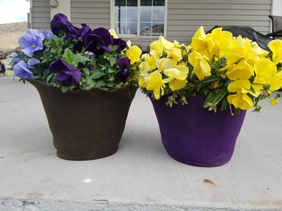 Nutri Wool Pots are available for purchase at www.wildvalleyfarms.com Nutri Wool Pots are available for purchase at www.wildvalleyfarms.com
We already know the benefits that wool can provide as it breaks down over time releasing the perfect amount of nutrients to your tender plants and the barrier to pests like slugs and snails. Now you can have the added convenience of planting directly in these colorful Nutri Wool Pots. They look beautiful on any porch or balcony and because of their dense fibers, they hold the water making them the perfect container for your blooms and crops.
An added benefit of the completely organic pots is the biodegradable factor. These little beauties can be planted directly in the soil when you are ready for making a more permanent home for the plants that grace the steps of your porch. The bright colored pots and beautiful smells from your flowers will bring sweet memories each time you step onto your porch. Read about other great container plants in 15 Plants to Grow in a Nutri Wool Pot or Container.
Flowers from my grandparents and even great-grandparents that I have planted in my own garden are violas or Johnny jump ups, irises, and buttercups. Each time I see or smell I am intrinsically tied to a time in the past and surrounded by sweet memories of those I love.
What flowers or plants bring back memories to you? We’d love to hear from you!Cindy CloningerVirtual Assistant, blog manager, email & social media marketing assistant, web development. I enjoy hiking, fresh fruits & veggies, planting flowers, cooking great meals. But I love being a wife and mother the most. When I'm not doing all of those, I love to read and try new things. No matter the forecast, live like it's spring.
By Cindy Cloninger
Like all good friends, 'vegetable friends' help each other out. Did you know that onions & leeks repel carrot flies? Or that lettuce tenderizes summer radishes? Knowing which plants benefit the other is a secret to successful gardening. And who doesn't love hanging out with a good friend?
There are lots of combinations of plants that grow really well together and have beneficial components for one another. We’ve narrowed this overwhelming and sometimes confusing process down for you. We've compiled a list of the most common crops, with the most beneficial plants to put together to take the guesswork out of companion planting and guarantee you’ll reap the benefits. What is companion planting?
While you may not have tried it, companion planting is all around us. The most common practice today comes from industrial farming where it is a common practice to plant vetch or legumes in the fall after harvest. Native Americans used this practice but called it, Three Sisters, planting corn, beans, and squash together.
So why go to all the trouble to plant next to each other or in the same space? The main benefits of companion planting are to provide mutually beneficial outcomes in soil nutrients, erosion control, weed control, deterring or attracting insects, and providing shade. Tomato
Carrots
Lettuce
Peas
Cucumber
Our last three have been planted together for hundreds of years so we’ve kept them together.
Squash, Beans, & Corn
Flowers
Adding if flowers around the borders of your garden and in between can attract pollinators, insects that will eat those that are a nuisance, and add beauty and color to the overall appearance of your garden beds.
Watch this great little video to learn why marigolds, buckwheat, lavender, daisies, and hollyhocks are great in your garden. And what some of the best flowers you haven’t even thought of to plant in your garden are. What are your favorite garden combinations?Recap the best vegetable friends with this quick slideshow:Cindy CloningerVirtual Assistant, blog manager, email & social media marketing assistant, web development. I enjoy hiking, fresh fruits & veggies, planting flowers, cooking great meals. But I love being a wife and mother the most. When I'm not doing all of those, I love to read and try new things. No matter the forecast, live like it's spring. By Cindy Cloninger Starting seeds indoors or germinating seeds inside is the next segment in our Planning Your Garden series. It’s time! Time to start those seeds to sprouting for your summer garden and springtime planting. You’ve been dreaming it up all winter long and the time is finally here. What better way to shake off those after Christmas, ‘winter will never end’ blues than to start planting your seeds now! Be sure to read the first article in our series Planning Your Garden - 5 Things to Consider When Planning Your Garden to map out all you need. You’ve got your lists, you’ve got your seeds, now here’s your go to resource with the next steps you'll need for your perfect garden. There are several different approaches you can take in this part of the process, but don’t worry, we’ve got it all laid out for you and you can customize the best approach for your space, lifestyle, and equipment you have available. That makes it SO EASY! PRE-SPROUTINGPre-sprouting is the process of placing seeds in between layers of a moisture rich and warm environment free of soil. This technique allows you to see the actual germination of seeds as they sprout before you place them in a growing medium. Pre-sprouting can cut germination time significantly. If you have packets of seeds that are older and you’re questioning whether they are worth planting, this can help you easily test and plant those that are still viable. This is a great way to avoid waste and frustration in using materials and space for seed ‘duds’. To do this, simply place seeds in between two layers of moistened paper towels. Muffin bakery containers are the perfect place to sort, label and observe your seeds while they germinate. Or you can simply place them in a ziploc bag. Most seeds need between 65º to 75º to germinate, making the top of your refrigerator, a heated seed mat, or near another warm heat source the ideal place. Left in this humid, warm environment you’ll be pleased to see how quickly germination happens. Check daily to make sure the paper towels remain damp and spritz with water as needed. I love skipping the thinning out process! When seeds have sprouted, carefully transfer to containers filled with moist potting soil. If pre-sprouting is not for you, this step can be skipped and you can plant un-germinated seeds directly in moist Intelli-soil potting soil. CONTAINERSLet your imagination and inner recycler run wild here. Gather containers from around your home, the possibilities are limitless. Some favorites are: egg cartons, plastic cups, salad and bakery containers from grocery store, toilet paper rolls, berry containers, muffin tins, milk jug, rotisserie chicken container, ice cube trays, newspaper trays, NutriWool Pots or more traditional seed starting trays. Whatever choice you make to house your little plants, be sure to wash them using warm, soapy water and rinse well. If the container you choose does not have a lid, cover with plastic wrap or place in a rubbermaid container with lid. Skip the covering if you pre-sprouted your seeds. SOILNew seedlings are especially vulnerable to disease and pathogens. This makes it important to provide the right soil, rich with nutrients and free from introducing potential threats to cultivation and harvest of your new plants. Because of this, it is best to steer clear of soil from your existing garden or reusing potting soil from other plants. We suggest you start with Intelli-Soil, a premium premixed potting soil. This nutrient rich soil is now available, just in time for all your spring and summer potting needs. Mixing Wool Pellets into your soil add the tri-fold benefit of nutrients, root boosting porosity, and water wicking - protection from overwatering. LIGHTNow that you’ve got germination and your seeds in soil, let’s get them into the light for growing. New seedlings need at least 12-16 hours of light each day. You can choose natural or artificial light.
ROOT GROWTH & FERTILIZINGKeep the soil damp but not soggy in the earliest stages of growth. This is where the addition of wool pellets really makes a difference. Water from the top, initially, using a turkey baster, spray or condiment bottle. As the seedlings grow, encourage root growth by adding water to the bottom of the leak proof container. Be careful not to let the soil become waterlogged and drown new plants. Wool pellets help to wick away water from your tender and susceptible seedlings, protecting them from harmful mold growth. Thin plants so that just one plant, the strongest, remains in each container. You get to skip this step if you pre-sprouted you seeds. Yay! At this stage you can remove and coverings for seeds planted directly in the soil. Seedlings get nutrients from the seed's endosperm when it is newly sprouted and begins to grow. When the second leaves, or ‘true leaves’ appear you may begin fertilizing with Super Compost Tea or another organic fertilizer. 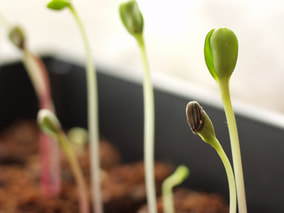 When the second leaves, or ‘true leaves’ appear you may begin fertilizing. When the second leaves, or ‘true leaves’ appear you may begin fertilizing. The wool pellets you mixed into your soil will start doing some serious work here. Over time, wool pellets break down releasing a fertilizer value of 9-0-2 NPK. (NPK refers to the Nitrogen, Phosphorus, and Potassium (N,P,K) it contains) These 100% organic waste wool pellets absorb water creating porosity that helping create needed space in the soil for root growth. If you're not convinced to add these little gardening superheroes to all of your garden and flowerbed soils, this next function in their makeup will do the trick. Wool pellets have the added benefit of decreasing watering by 25% saving you time and energy. Bonus! Wool pellets are available on website and garden centers across the US and Canada. Plants can absorb nutrients in Super Compost Tea 10 times more efficiently through their leaf surfaces than through their roots. As a result, spraying foliage with Super Compost Tea can produce remarkable yields. For best results, spray plants especially after transplanting, and during blooming time and just after fruit sets. Find out more by reading What is Compost Tea? Many plants will require transplanting into new pots before they are ready for outdoors as they outgrow their containers. When the need for watering is almost constant or roots fill up their current containers, move them into something bigger, like the colorful NutriWool Pots. Keep reading to learn more about these little garden gems. TRANSPLANTING OUTDOORSStrong and healthy plants are our end goal, and after all the hard work you’ve put in thus far, you won’t want to miss this important step. When plants are ready to move outdoors it’s time to allow a weeks worth of time for ‘hardening’ or getting the plants ready for the harsher environment found outdoors. No longer will they have the soothing and consistent warm temperatures, watering and fertilizing will be less, along with wind, rain, stronger heat from the sun, and colder temperatures at night Begin by allowing your plants a few hours outdoors each day in a protected and preferably shaded area. Decks and patios make the ideal spot. Gradually move and expose seedlings to more and more direct sunlight, gentle breezes, and time outdoors while still bringing them indoors and away from the colder night air. Check the soil frequently to avoid drying out throughout the hardening process. End the hardening off process by allowing seedlings to remain outside overnight when nighttime temperatures stay above freezing. Cool loving vegetables such as peas, beans, beets, lettuce, and broccoli can endure frosts once they are planted and like nighttime temps around 45 degrees. Warm loving vegetables such as tomatoes, peppers, and melons only tolerate nighttime temps around 65 degrees, so keep these plants indoors longer or grow them entirely in containers inside. Prepare your soil for transplanting ahead of time:At this point you've invested a large amount of time and tender care in nurturing the growth of you plants. You may feel your work is almost done, but prepping the soil outdoors is vitally important to reap the benefits of a great harvest. Check off these items in your preparation:
GROW IT IN A CONTAINERIf you have a very short growing season, no room for planting, or want to double your growing times, you can grow and harvest your plants entirely indoors in containers. Some of the easiest plants to grow in containers are tomatoes, herbs, peppers, strawberries, squash, melons, beans, and most of you leafy greens. In addition, root vegetables like potatoes, onions, carrots, and beats love container growing too.
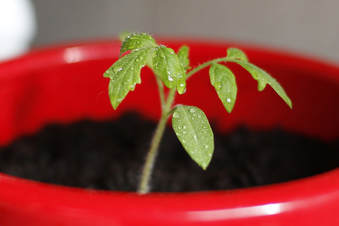 Have you tried growing tomatoes indoors? Read these 6 Tips for Growing Tomatoes in a Container to get the best results. What are your favorite seed starts? Look for our Wool Strips spring of 2018. What are Wool Strips? They are wool with seeds pre-measured, spaced and ready to be added directly to your soil. Gardening has never been easier! Look for these little garden helpers full of carrots, and herbs in March. Cindy CloningerVirtual Assistant, blog manager, email & social media marketing assistant, web development. I enjoy hiking, fresh fruits & veggies, planting flowers, cooking great meals. But I love being a wife and mother the most. When I'm not doing all of those, I love to read and try new things. No matter the forecast, live like it's spring. By Cindy Cloninger 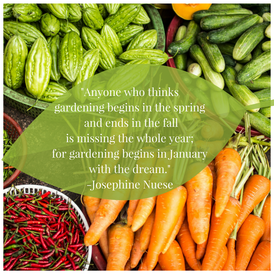 Wrapped up in your blanket, wool socks on, and hot cocoa at the ready….Winter is the perfect time to plan your vegetable and flower garden. I can’t help but get excited thinking of the digging in the dirt, watching seeds germinate and push through the soil and grow at each stage of their development. How lucky we are to be a part of the beautiful growing process. If like me, you love looking through the seed catalogs and garden magazines and plan acres of blooms and bountiful harvests in the fields of your mind, then this exercise will be a joy for you. Before even a shovel full of soil can be turned, however, I need to narrow down what I want to plant and what I actually can plant. {smirk here} I readily admit to leaving more of them planted and blooming in my mind the last few seasons. Like my husband’s army drill sergeant used to say, “Prior planning prevents poor performance.” These 5 P’s pertaining to planning your garden fulfill a couple of great purposes.
Here are a few major considerations to take note of in planning your garden. START WITH THE END IN MINDIn Medieval times, gardens were traditionally used for herbs for medicinal uses and kitchen gardens. Over the years cultivation of gardens has changed to include architectural and water features to the blooming flowers and shrubs of English gardens, to more urban container and vertical gardening, and raised beds for ease of use and containment. Are you dreaming of walking through the flowering landscapes of a butterfly garden, walking a flagstone path under an arched walkway headed toward your favorite bench, or biting into a freshly harvested salad? Determining what you want your end harvest to be can help you best plan and execute with great results. Think about the types of vegetables you like to eat. Do you love a fresh salad? Tomatoes, greens, and lettuce are your choices. If eating jars of salsa is your thing? Tomatoes, peppers, onions, and cilantro are your go tos. Planting a pizza garden with all the garlic, basil, oregano, and tomatoes can be a fun endeavor for kids. Wherever your preference lies, some planning can help you get the most out of the growing season in your area. HARDINESS ZONESSing it with me! Zones, the zones, let’s name the zones, let’s name the zones of the ocean….oh wait! Clearly I have a little too much Finding Nemo and Disney movies permanently etched in my brain if that’s the first thing that comes to my mind when the word zones are mentioned. But that right there, is a great place to start, YOUR growing area, or zone. Climates vary not only from region and state, but can also vary greatly within your state. If you live in a mountainous region like me, what may grow well even 20 miles from you could do poorly in your yard.
This great little tool will help you determine what zone you are in. In addition to the map, talk to locals and take note of plants that grow well and in abundance in your town. The Hardiness Zone Map is designed to tell you the most extremes in your area, those extremes that plants will have to be tough enough to survive through. Knowing your zone, helps you to determine with better clarity which plants will most assuredly survive and thrive. You may be lucky to have some that are on the higher border of your zone that can do well in your garden too. GROWING SEASONThose extreme temperatures and their duration determine the growing season in your area, another HUGE factor in how you go about planning your garden. This knowledge can help you decide if you’d like to get a longer and more bountiful harvest by starting the seed germination process indoors well before the snow melts and freezes aren’t so threatening. Or weather you buy plants that are well on their way from your local garden store at the time of planting. The National Gardening Association has a great little tool to show you the first and last freeze dates based on your zipcode. Be sure to use this Frost Dates Calculator as part of your planning. Utah, on average, has approximately 170 days between the last and first frost. That is a short growing season! Popular crops like tomatoes, peppers, and eggplants, for example, require around a 100 days to harvest so you’ll want to transplant those from starts you have grown or purchased. That being said, harvest times vary widely on the same types of plants so check the labeling on your favorites and start making a list. Picking that perfect spot for your garden and flower bed growing can be tricky. You may be limited to a certain spot. Things that need to be noted in this space are:
Don’t get discouraged right away as there are ways to adjust each of these criteria to help you get the desired results. SUN EXPOSUREMost vegetables require 6-8 hours of direct sunlight per day. The more sunlight they receive, the more plentiful harvest, bigger veggies, and better taste. We’ll make our way around the sun starting with the least amount of sun to the most.
SOIL AND LANDSCAPE, WATERPlant roots will readily spread through soft soil. What we want is rich, dark, nutrient rich soil that has organic matter, aeration, and porosity. Soil like this allows for deep root growth, an ideal environment for your plants. Enriching your soil by adding in Terra Zest compost, will add the needed nutrients. Another solution to soften your soil and create oxygen space in your soil is adding wool pellets. Wool Pellets not only provide water holding it in your soil, but they create oxygen space for root expansion that will help your plants be hardy and strong. Make sure that the landscape and drainage prevents both drying out and flooding areas. Ideally, water will absorb through your soil to a depth of about 6 inches. This doesn’t happen in hardened soils, water will take the path of least resistance and you’ll end up with run off, puddles, and a water depth of only a couple of inches. This makes for thirsty plants and muddy messes. For an in depth look at your soil solutions and to get the best results read How Do I Soften My Soil? NATURAL PREDATORS - Kids, animals, and wind.Our last consideration is preventative of the things that can damage your plants by attack. Plant in a stable area where wind won’t destroy your young plants or keep pollinators from doing their job. There is nothing more frustrating than toiling away and waiting anxiously for that oh, so close harvest only to have them eaten by deer, swallowed up by voles, stomped on, picked, or eaten by the cutest plant predator...kids. While some measures can be taken to prevent such attacks, in other cases it may be better to choose less tempting crops. I had over 300 tulips eaten by deer a few years ago, sigh, I’m still a little devastated by that one. My daffodils have been skipped over every time. I have reluctantly given over to having less and less tulips in my springtime flower bed. So what are those preventive measures? Eliminate moles by eliminating their food of grubs in your lawn. Also, castor oil sprayed on plants and lawns is a natural deterrent. Mixing wool pellets into your soil will naturally cut down on slugs and snails in addition to providing aeration, plant nutrition, and watering aid. Read 6 Reasons Why You Should Be Using Wool Pellets in Your Garden for more information. Other tactics that help with most pest and small predators is to remove hiding places in your garden, think broad leaves and tall grasses. However, wrapping and fencing are still the best deterrents to deer, rabbits, and most other predators. Many plant labels have more information on just how tempting they may be to common predators, so check labels and add as many resistant blooms as you can. And for kids… hide your strawberries where the neighborhood children can’t find them and keep your long stemmed delphiniums far from common walkways. But in the end, just smile that your garden has attracted such young enthusiasts. Now that your creative and horticulture juices are flowing, you can easily take notes and have those ready for the next article in our Planning Your Garden series where we’ll discuss the different ways to map out and determine what type of vegetable garden is best for you. What is the biggest challenge you face in your garden? Cindy CloningerVirtual Assistant, blog manager, email & social media marketing assistant, web development. I enjoy hiking, fresh fruits & veggies, planting flowers, cooking great meals. But I love being a wife and mother the most. When I'm not doing all of those, I love to read and try new things. No matter the forecast, live like it's spring. |
Archives
May 2024
Categories
All
|

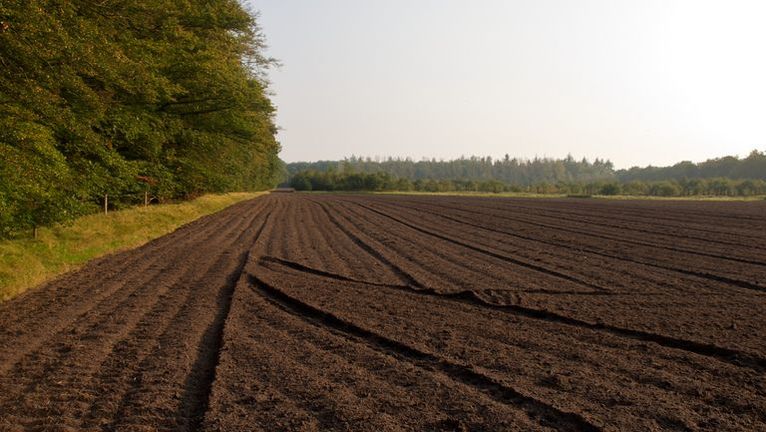



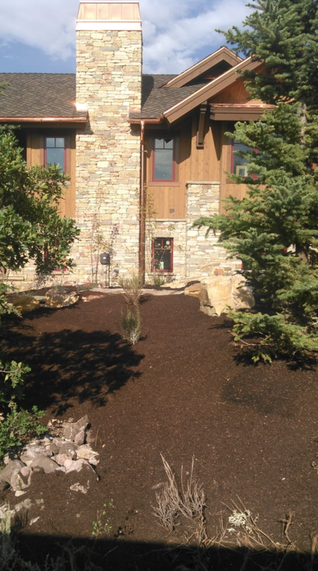



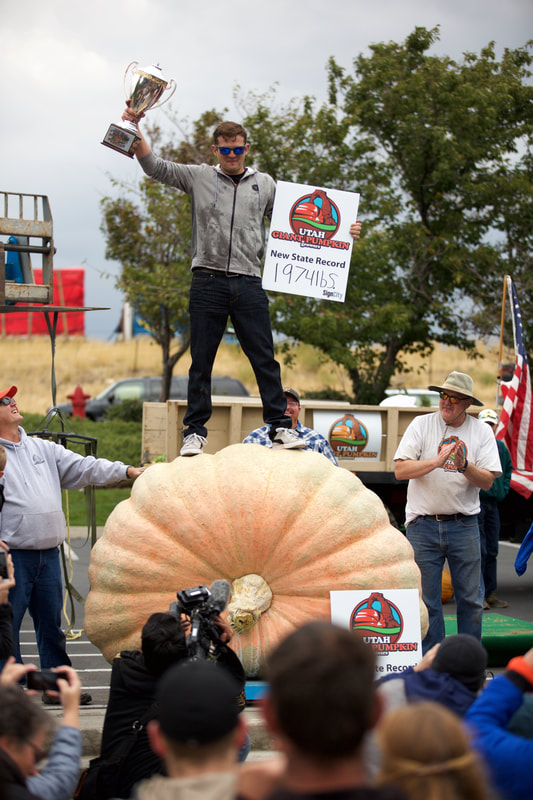
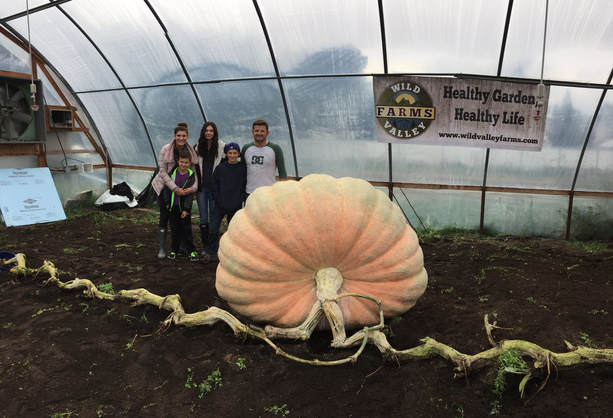

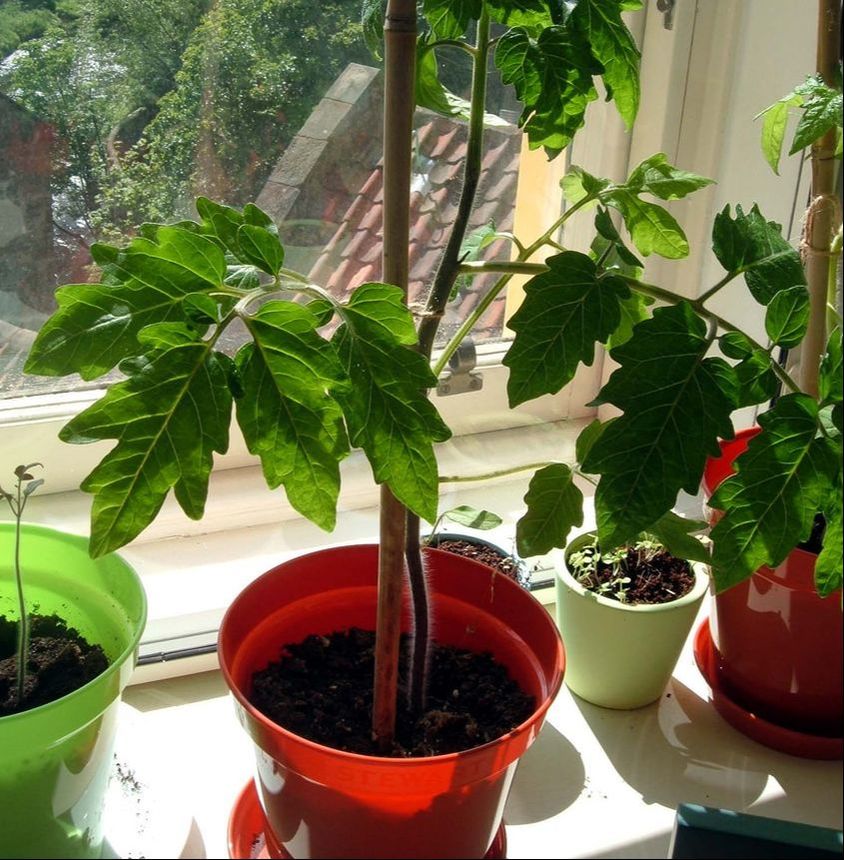
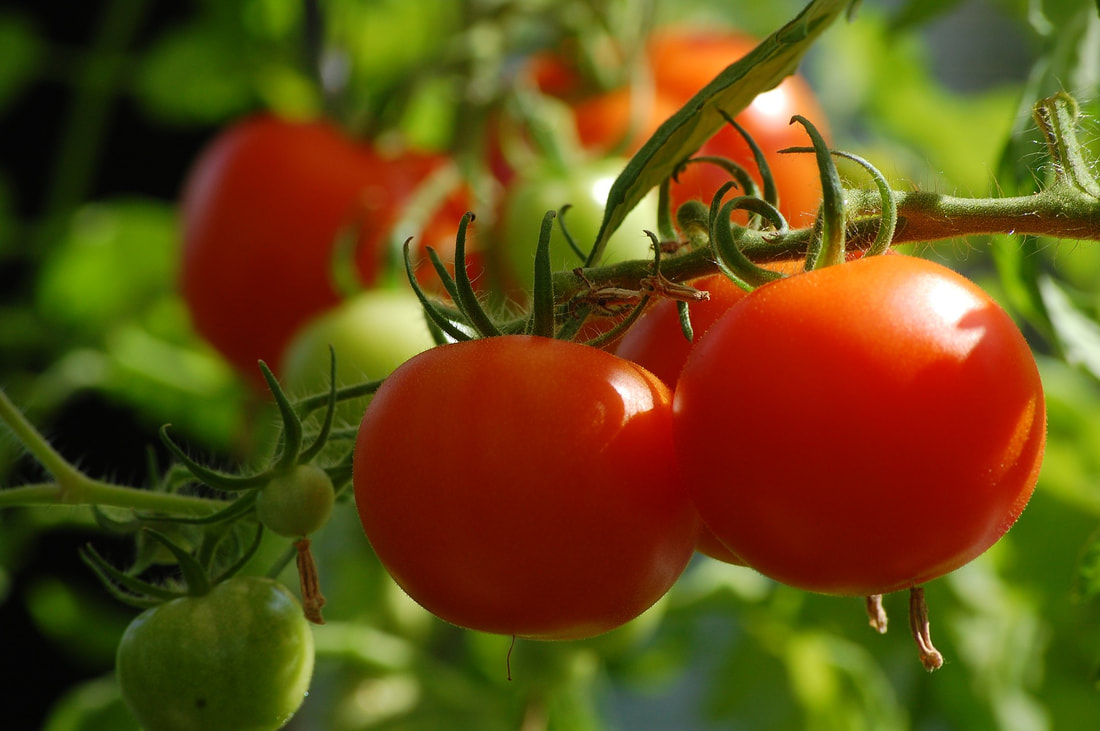
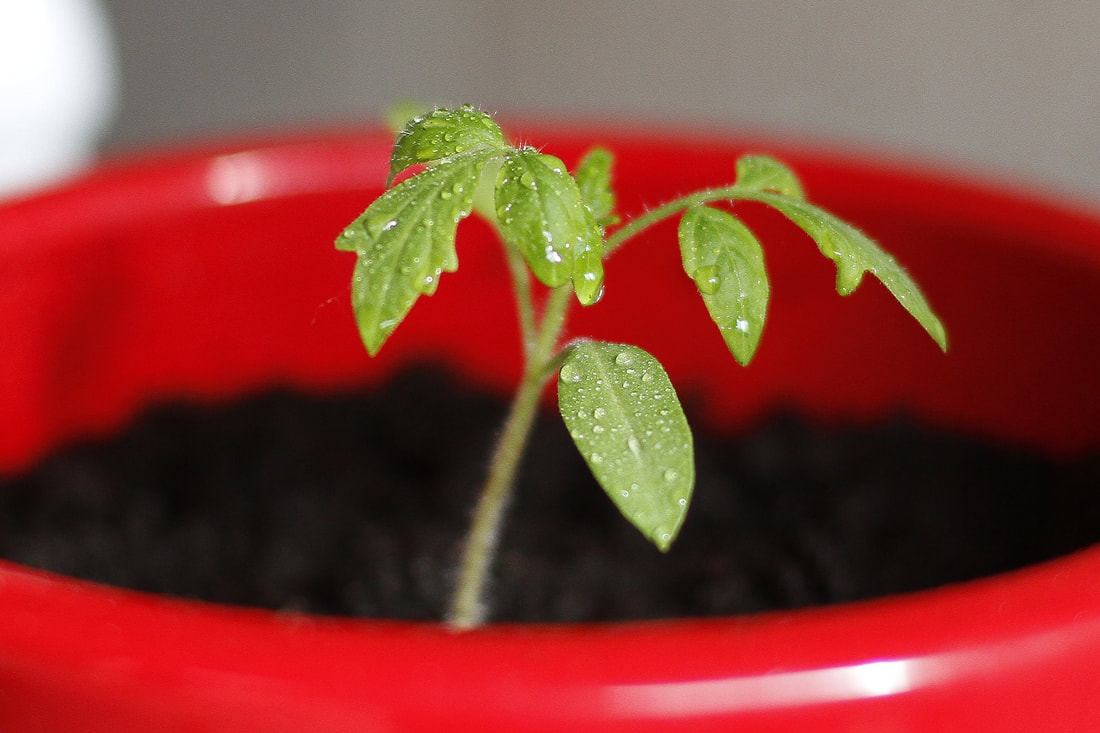
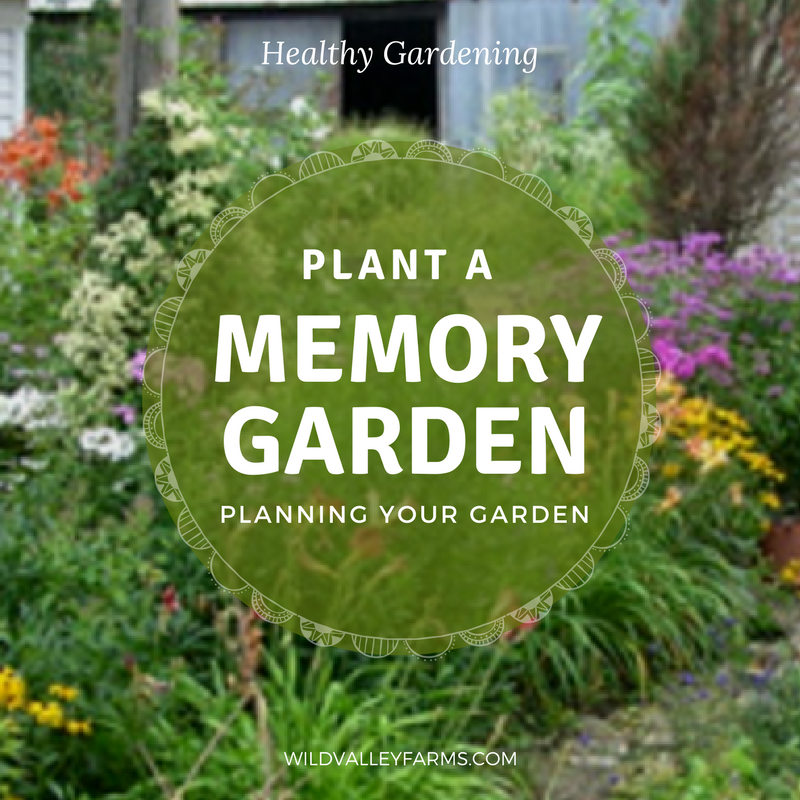



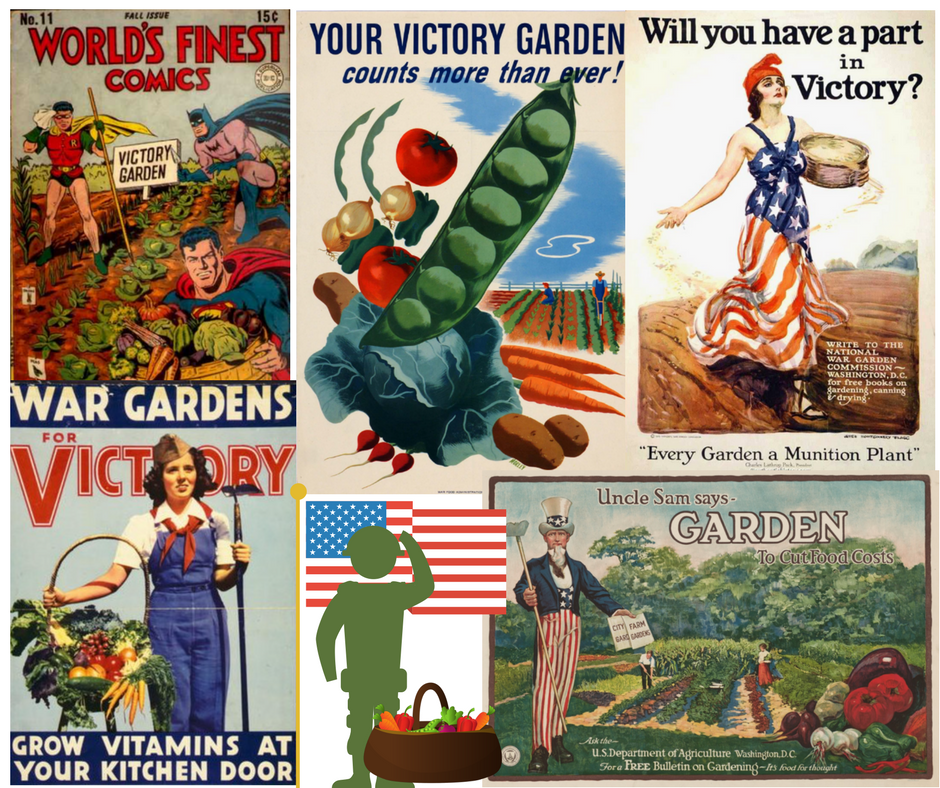

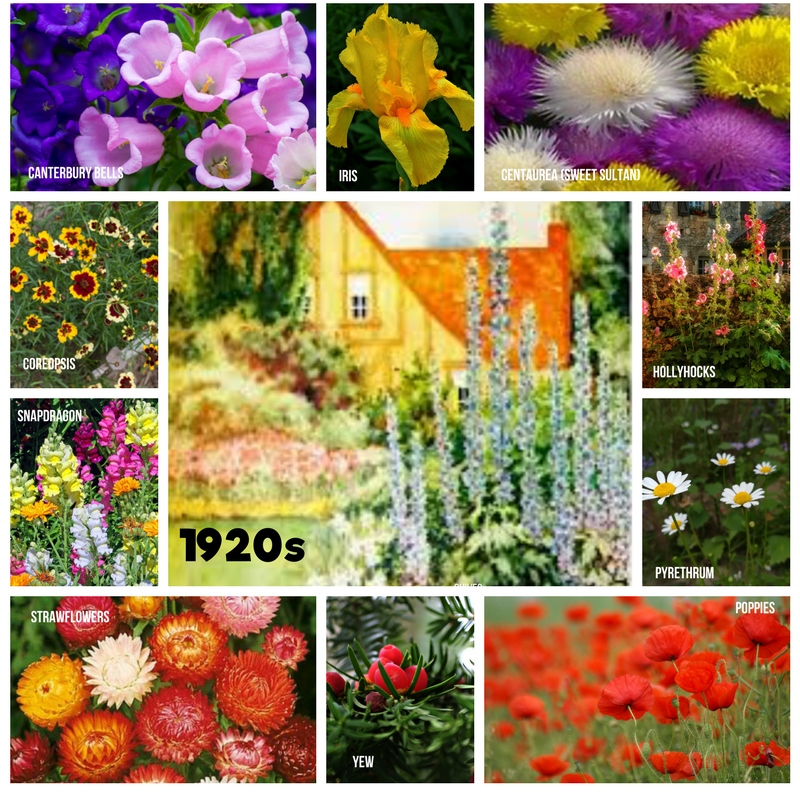
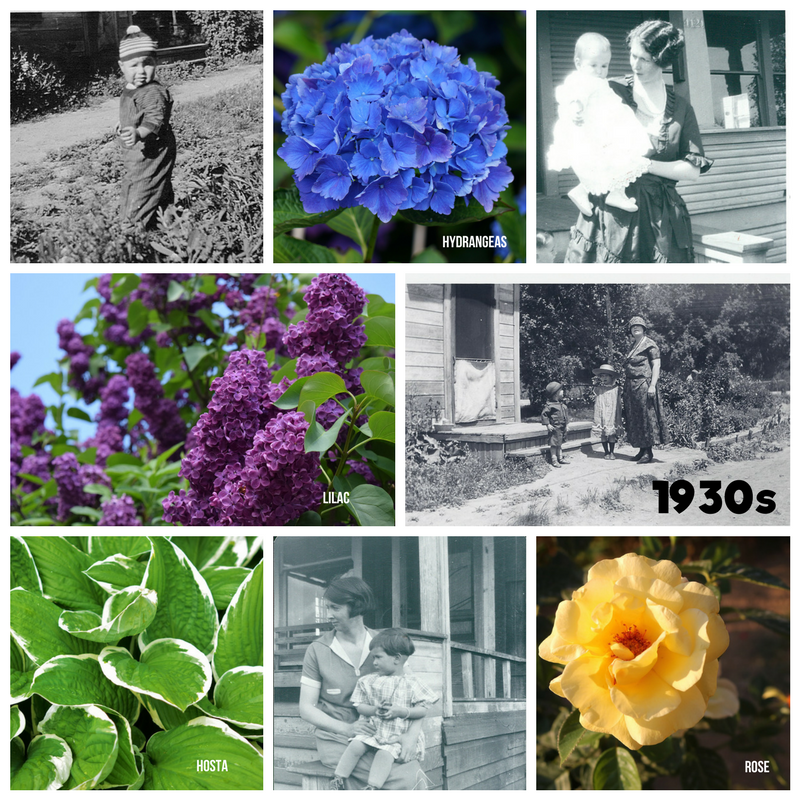


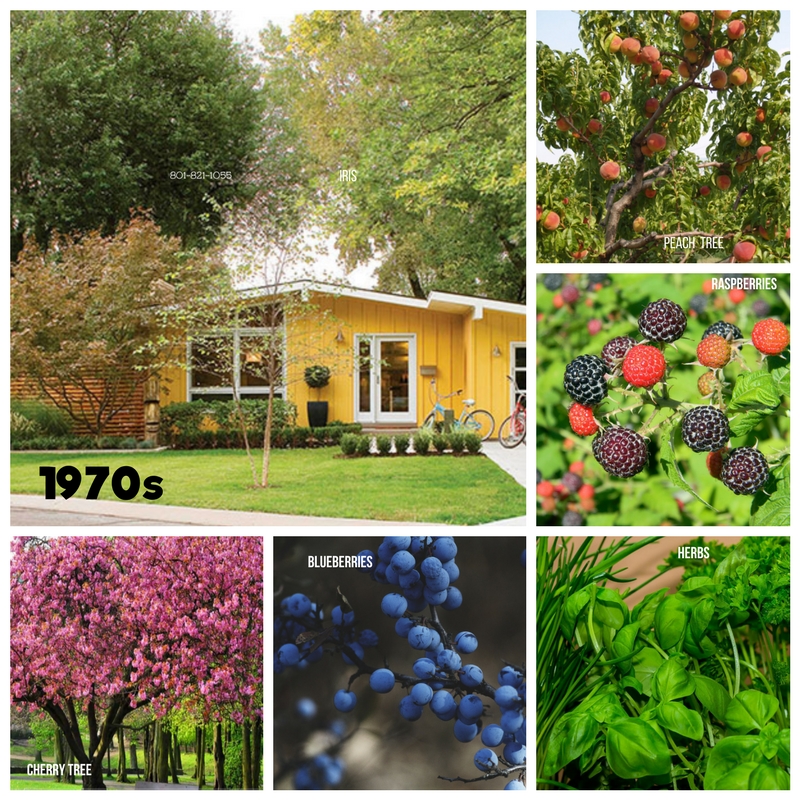

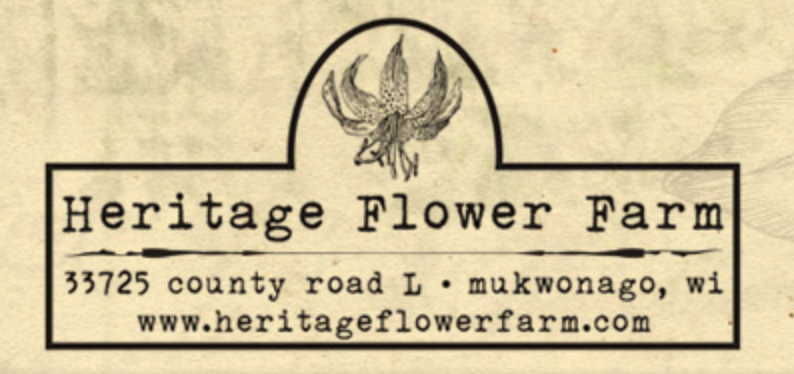



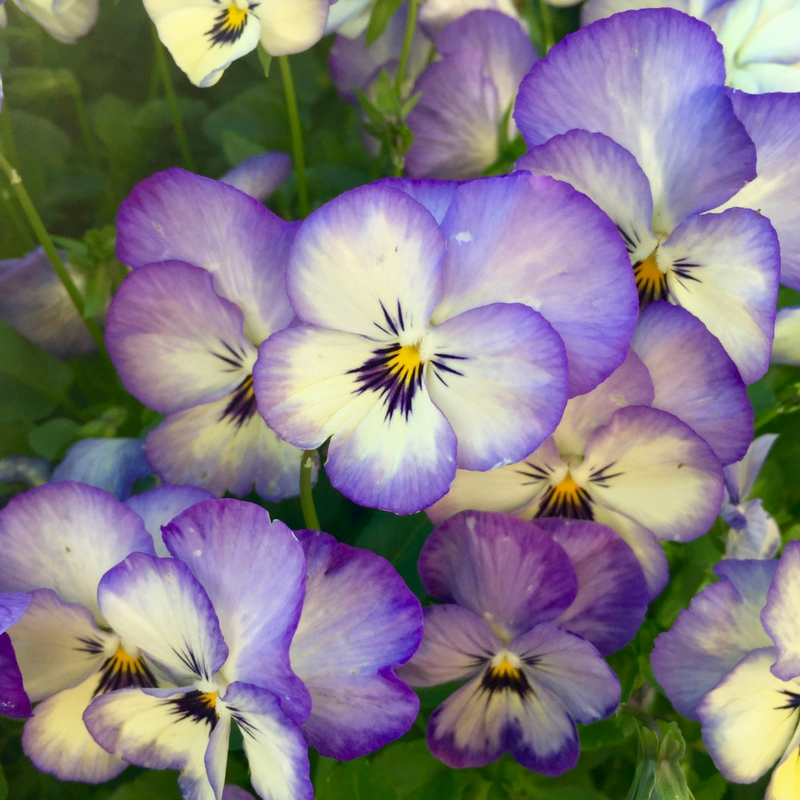



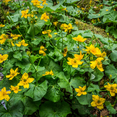

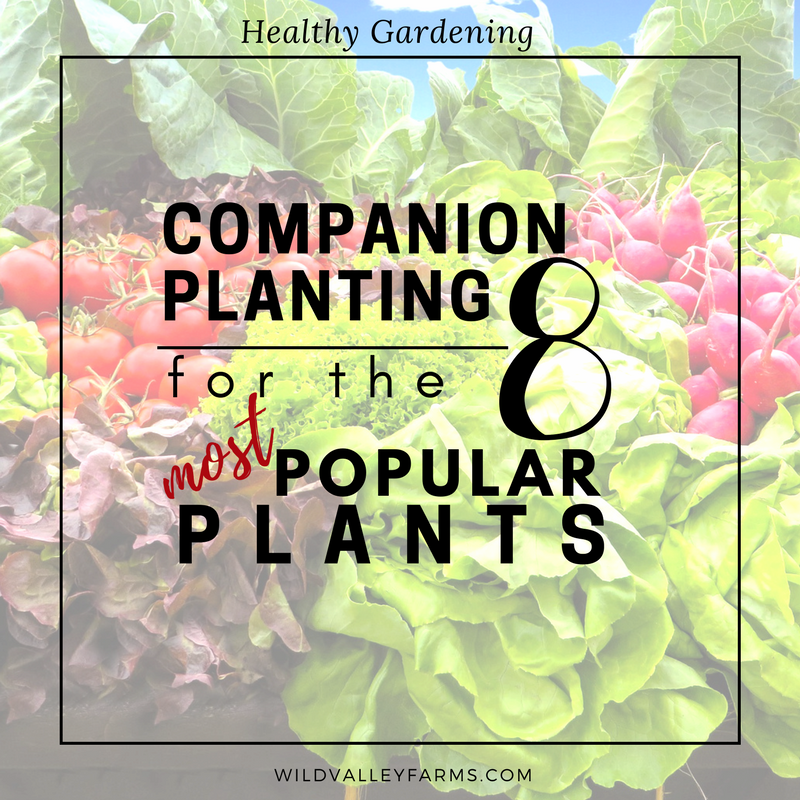


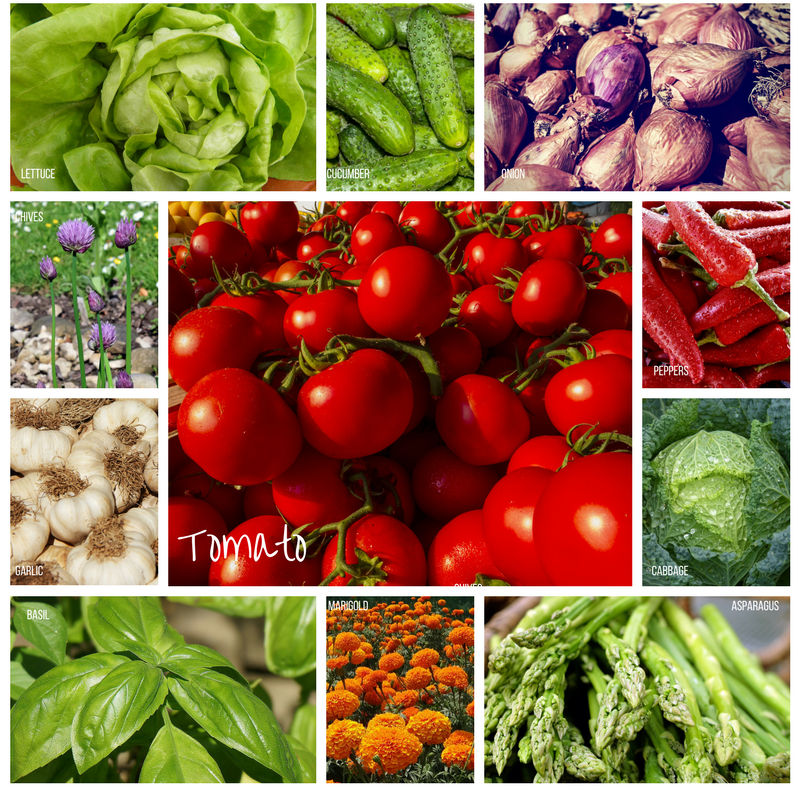

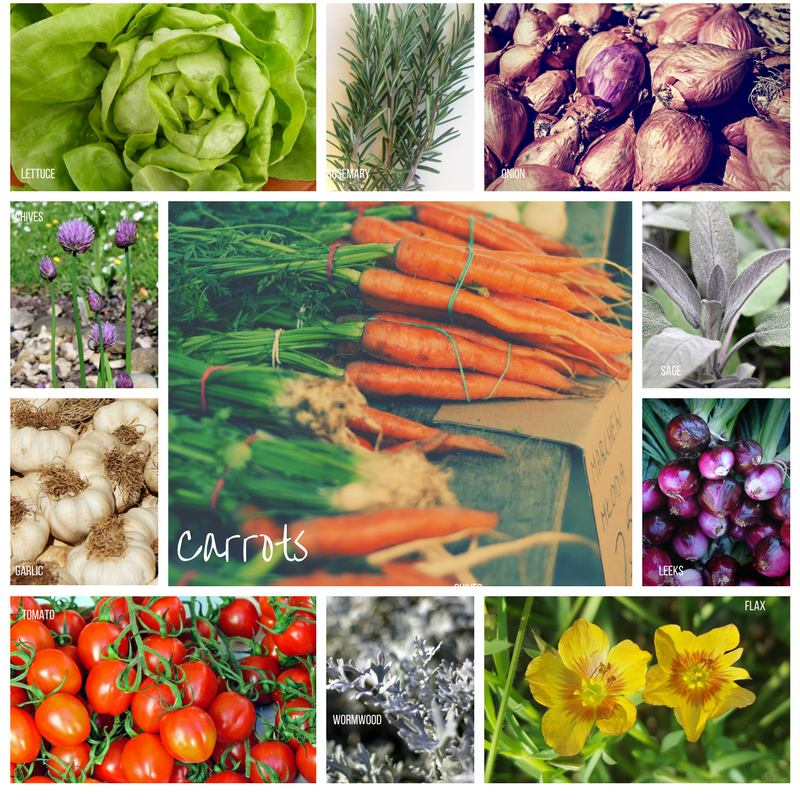

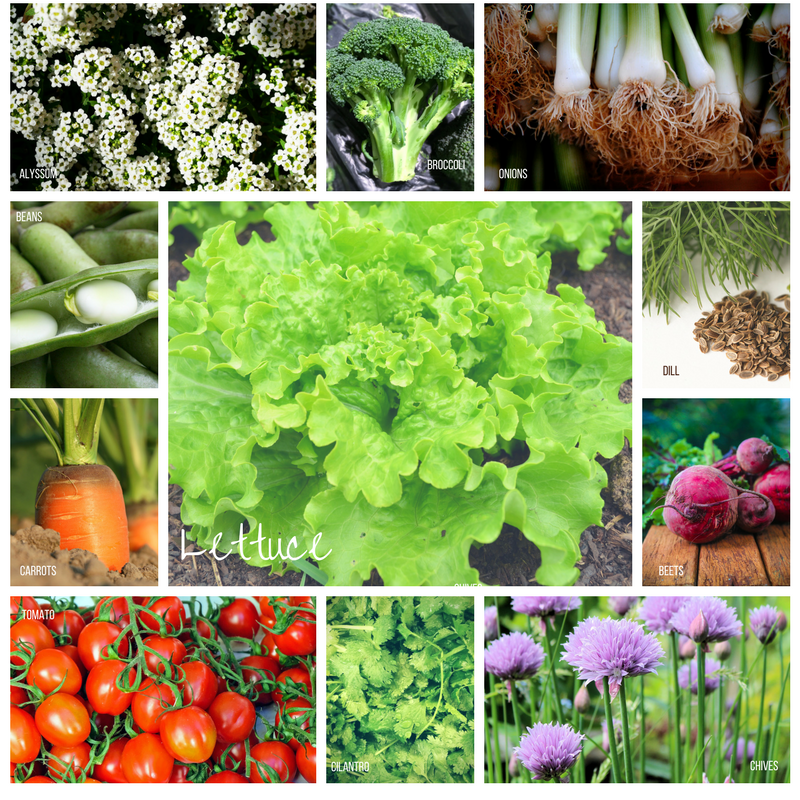

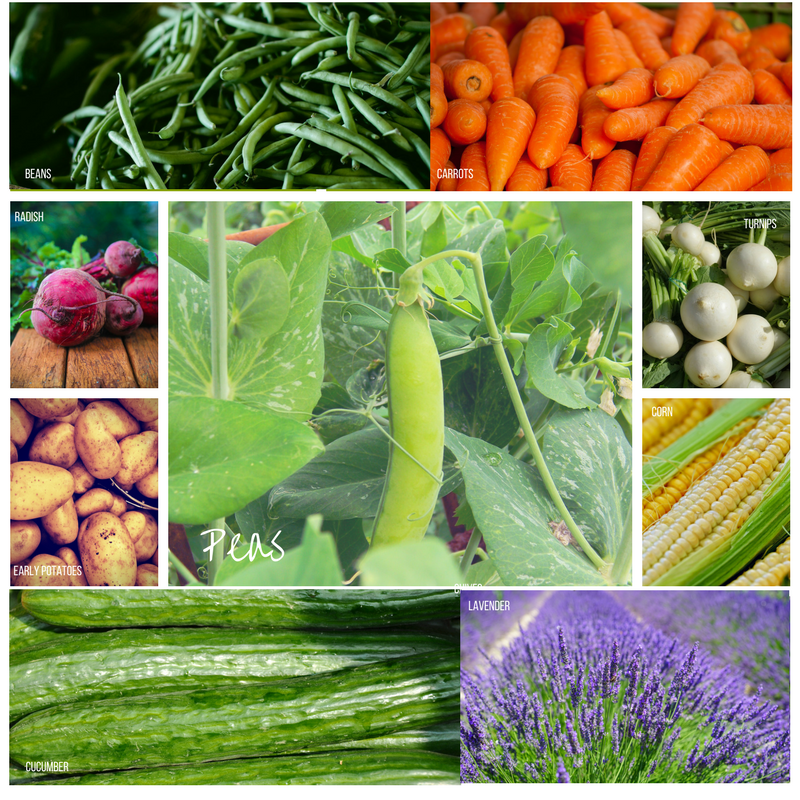

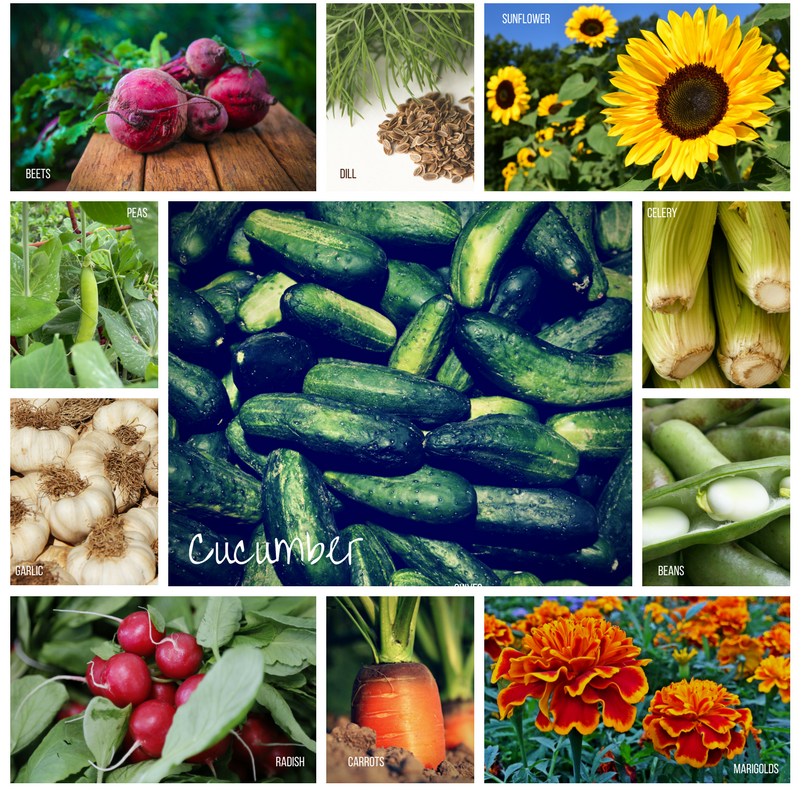

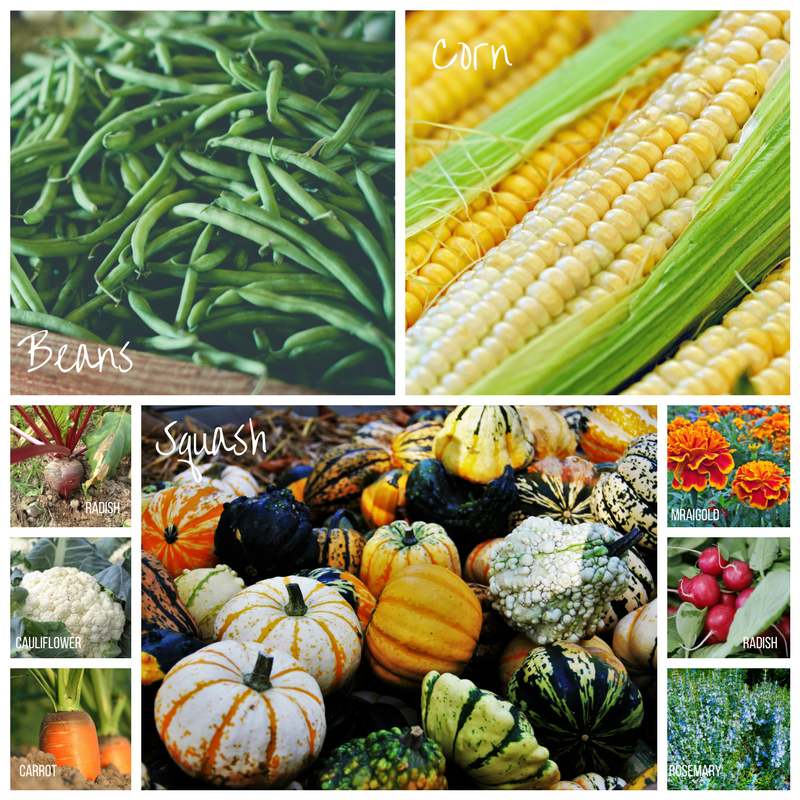


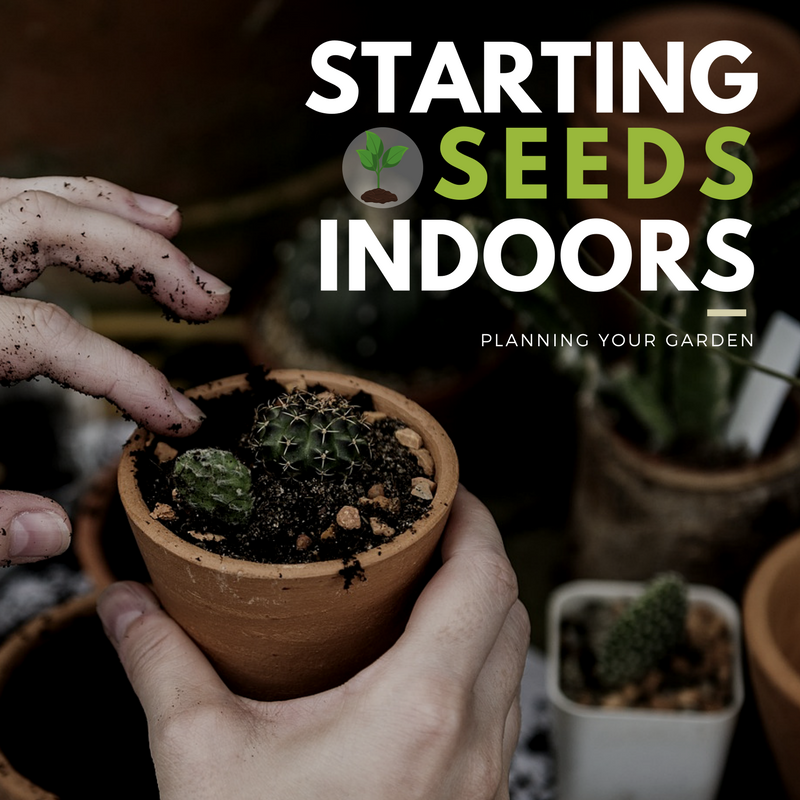


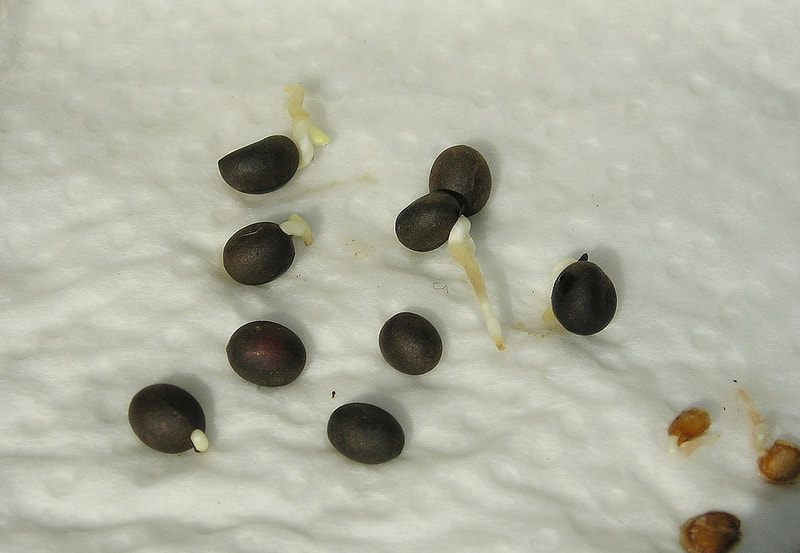
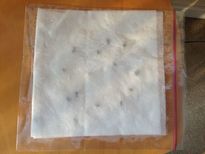
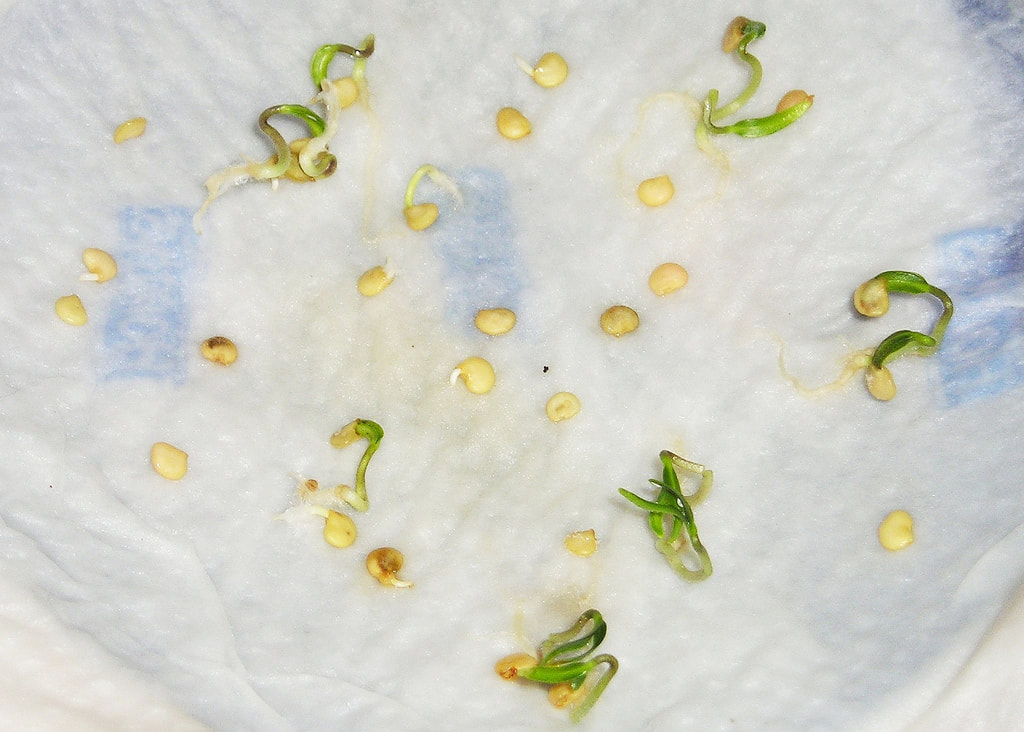

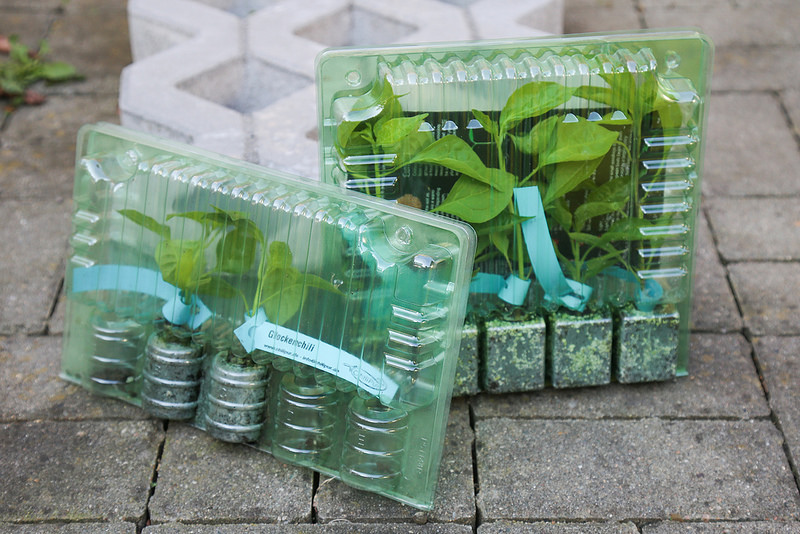
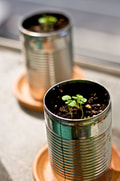
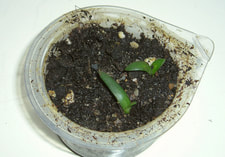
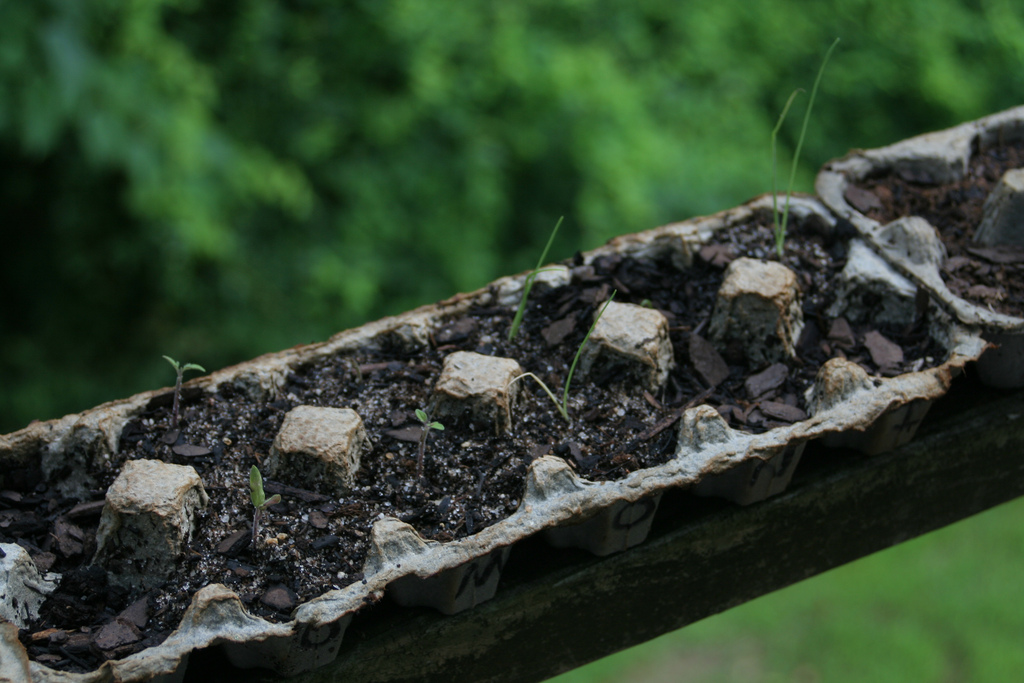
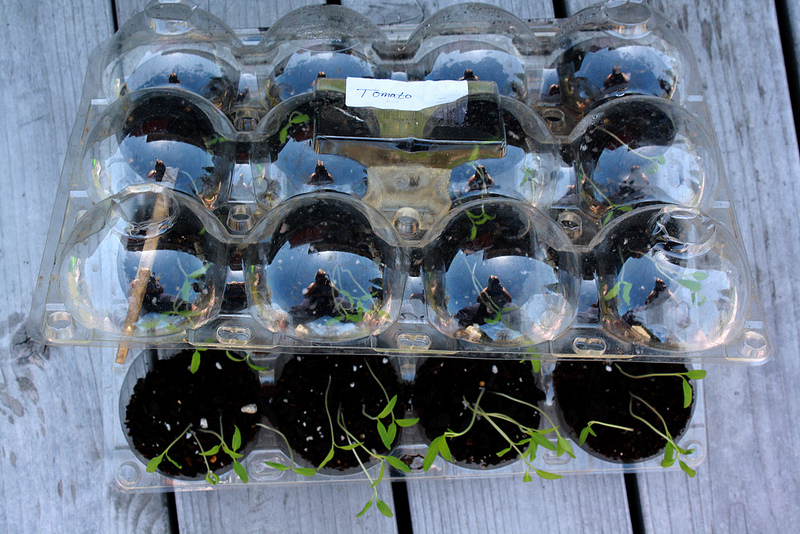


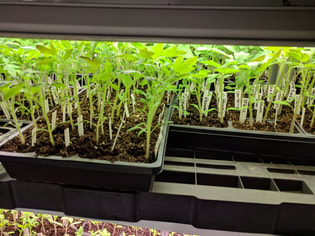
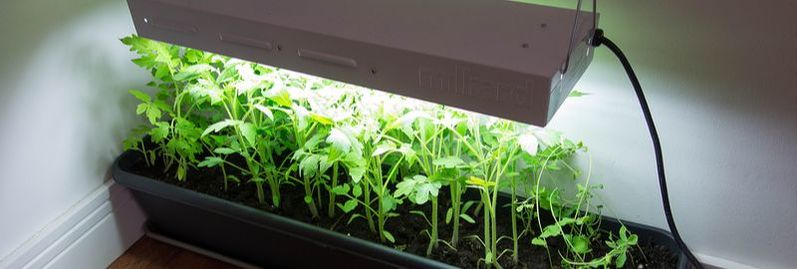
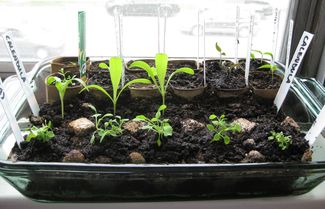
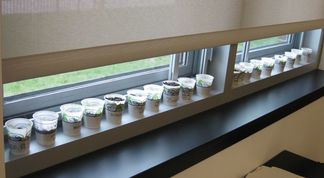

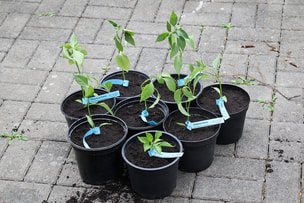
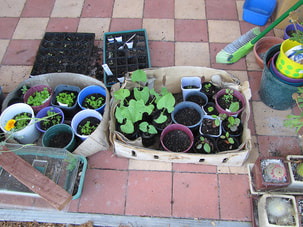
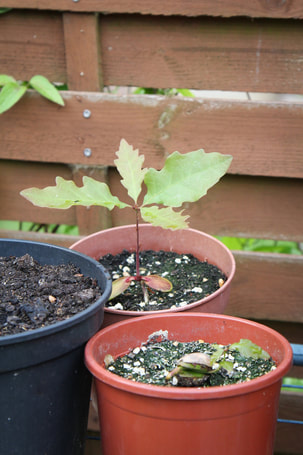


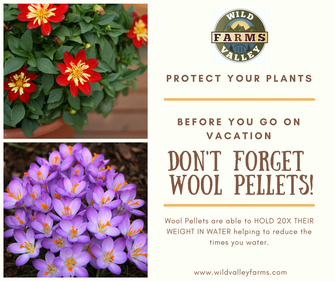
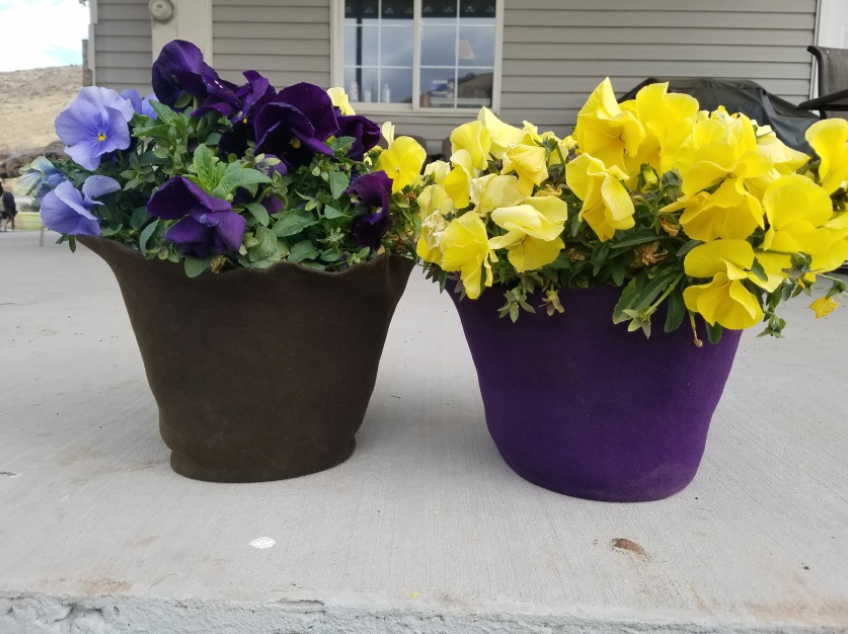


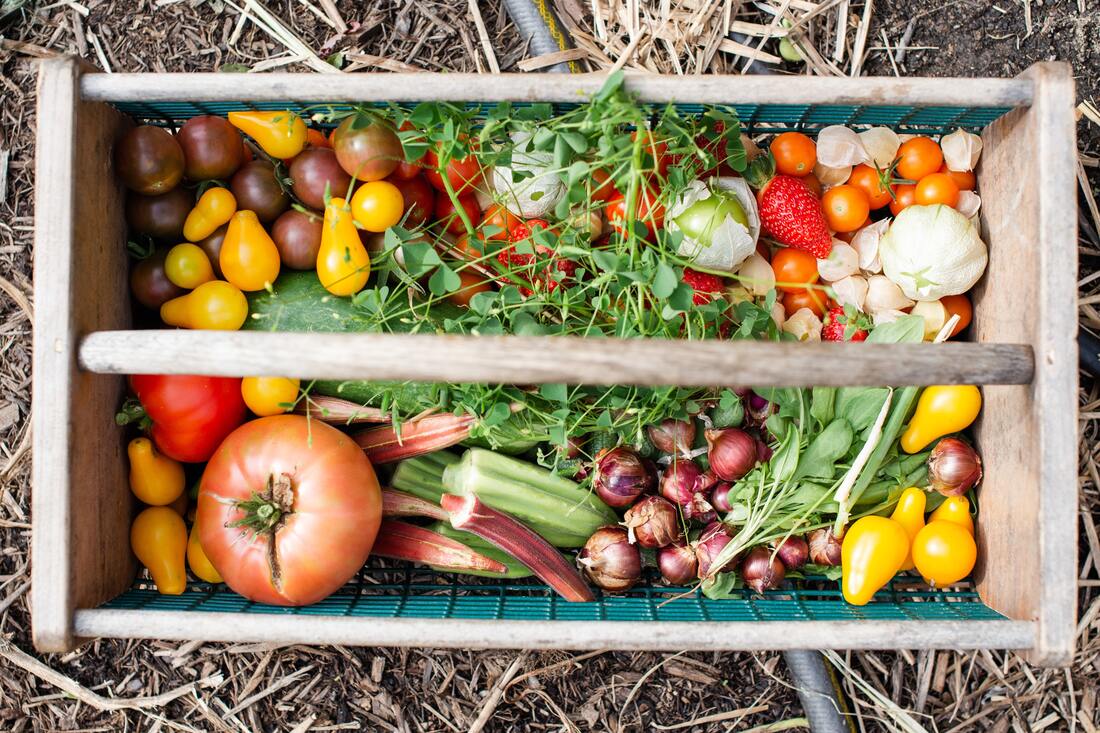


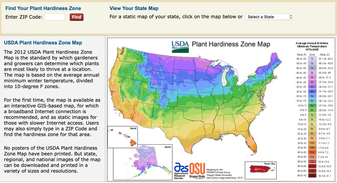



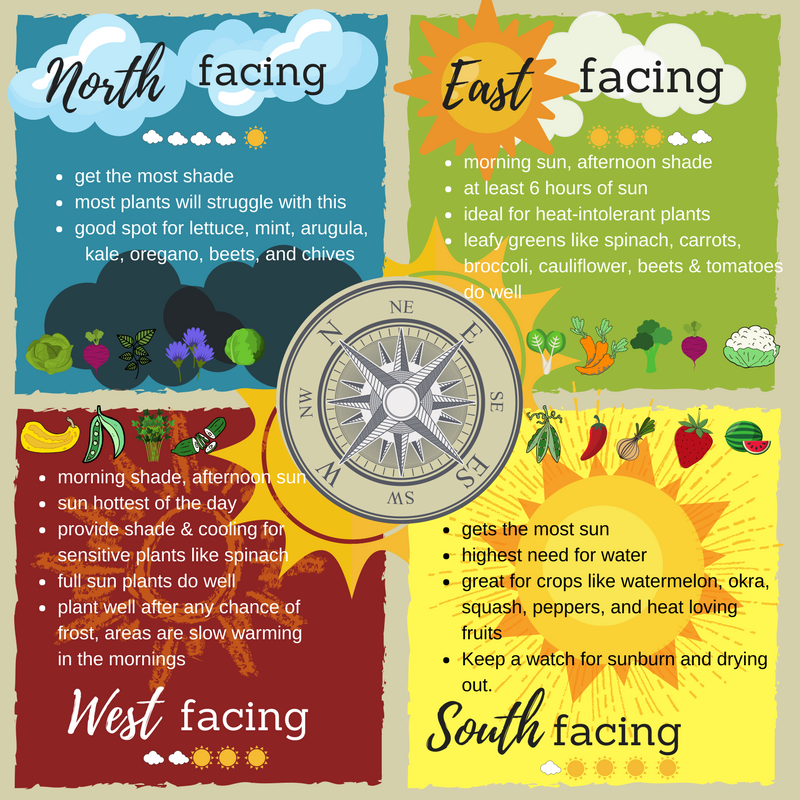
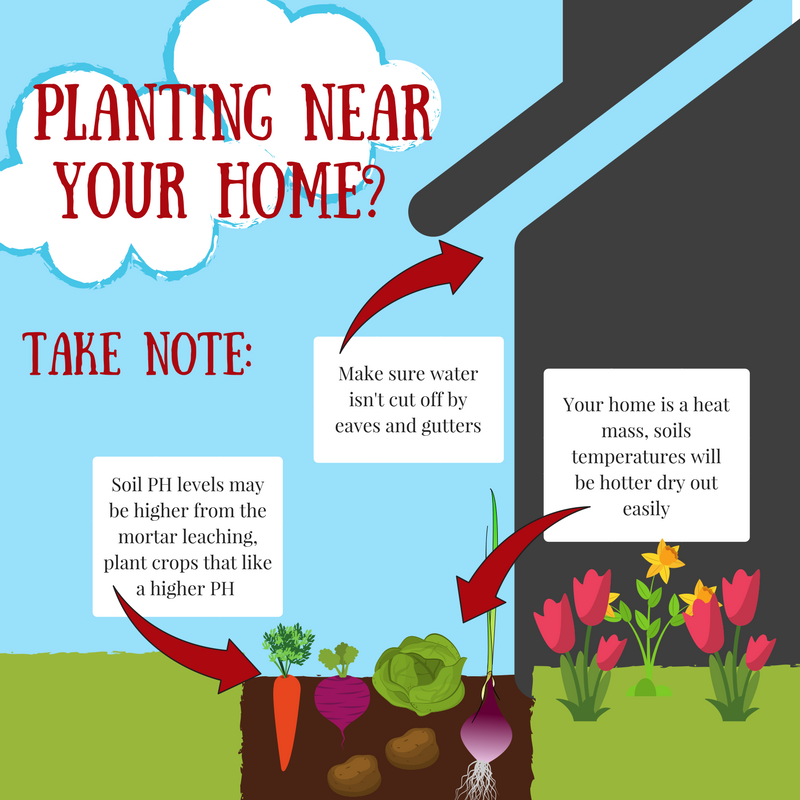


 RSS Feed
RSS Feed

